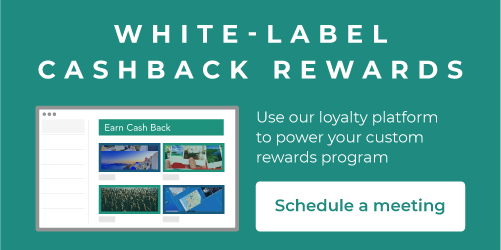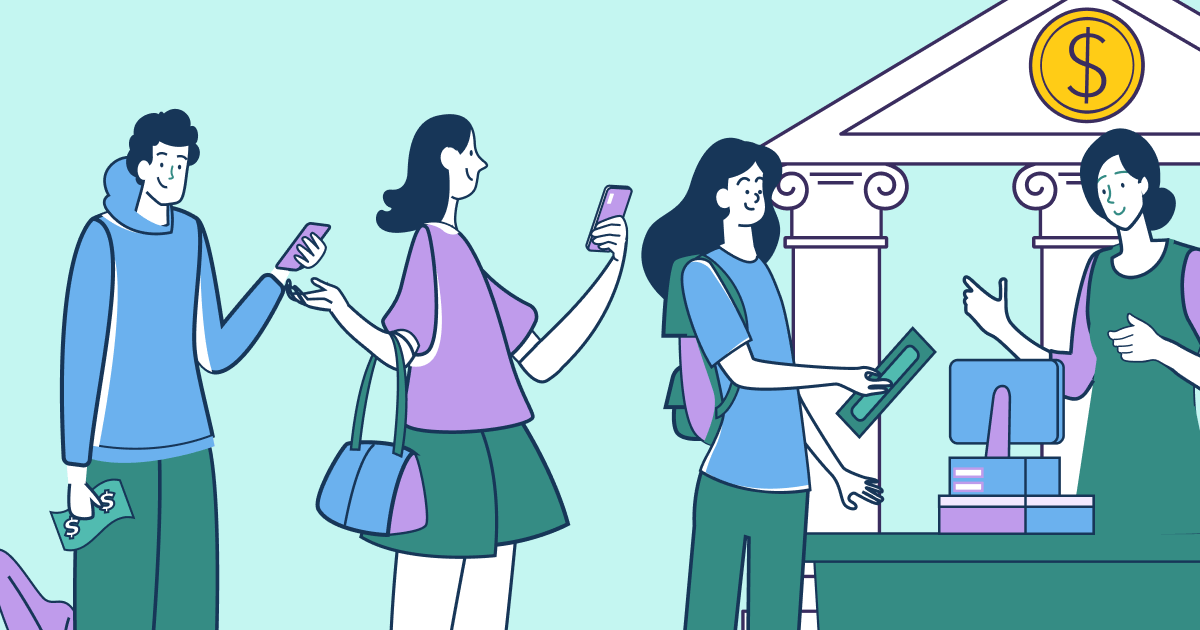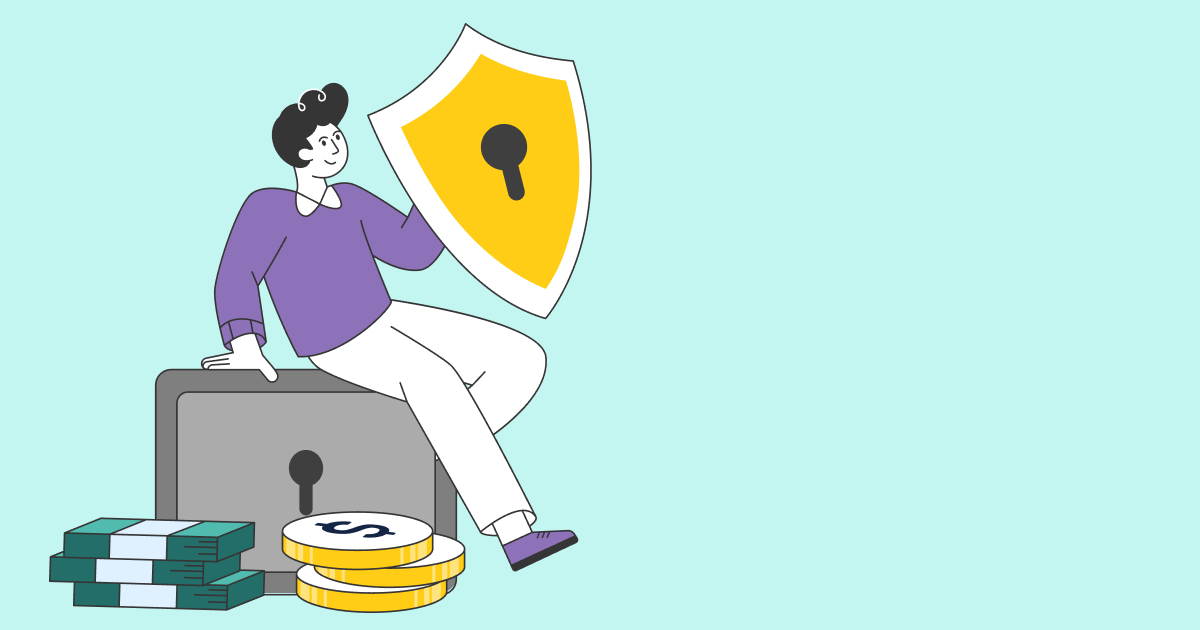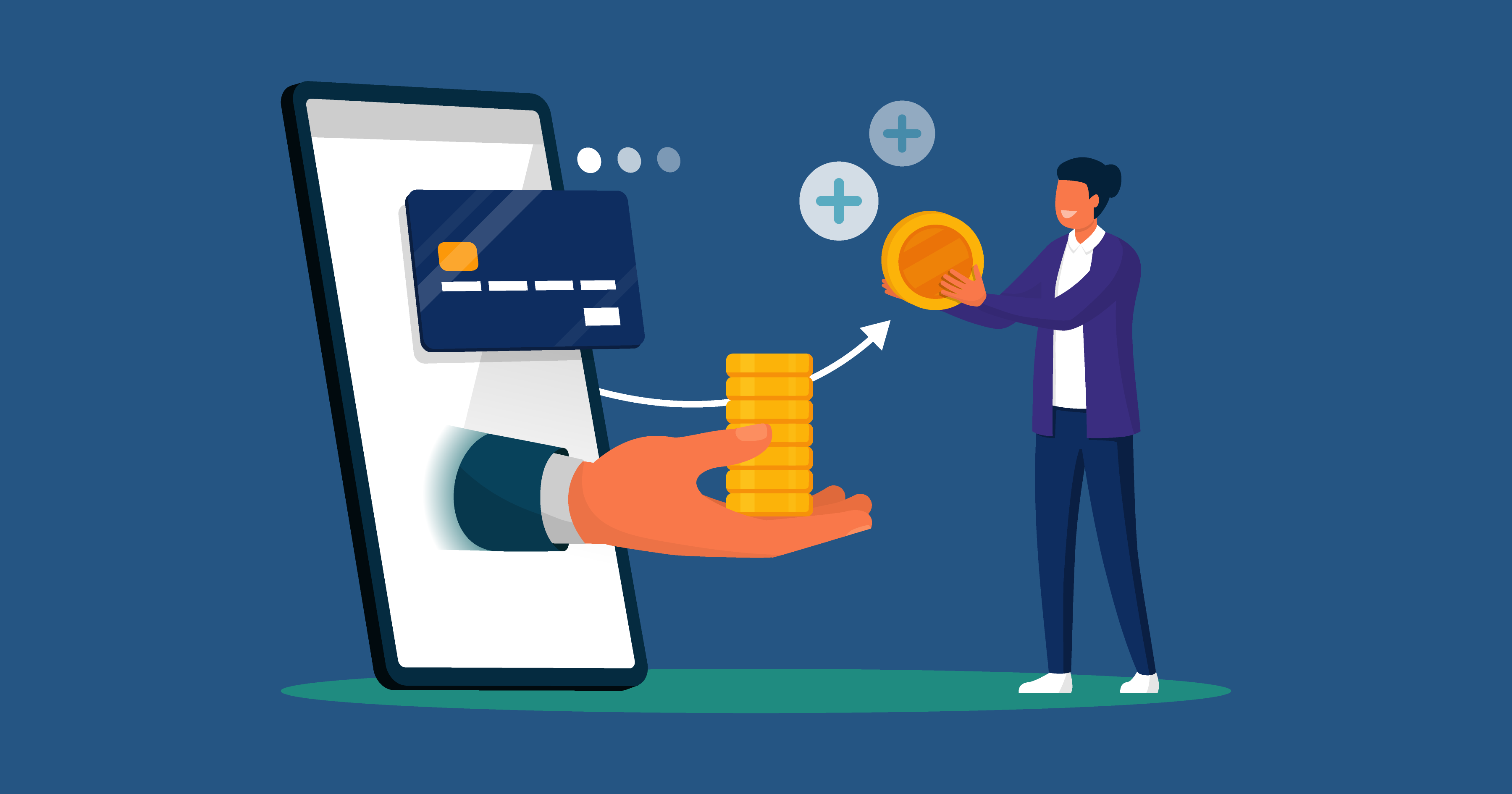Just a few years ago, apps owned by Google and Meta (a.k.a. Facebook) accounted for 80% of the apps on our phones’ home screens: Facebook, Gmail, Instagram, YouTube, WhatsApp, Google Calendar, Maps, etc… Most of these are likely still on your home screen today. And they probably now also operate your phone, watch, computer, and other devices that many of us use everyday.
These companies achieved this dominance by making it convenient and accessible for us to enjoy global, on-demand communication.
A similar revolution is underway in financial services. As the demand for in-person banking continues to waver, the future of financial services will be accomplished online, as one-to-one digital banking experiences delivered through your smartphone.
Ahead of that trend, many fintech companies have entered the financial ecosystem to address specific functions for digital money management.
How consumer financial services have expanded
For example, you probably have an app from your bank, as well as your credit card. Potentially an app from a loan provider, such as SoFi or Affirm. You probably also have Venmo, Cash App or PayPal for peer to peer payments. And, you also might have an investment app like Robinhood or Fidelity. You could also be using another app as a robo-advisor, such as Betterment or Wealthfront. Another app to monitor and manage credit, like CreditKarma or Experian. And finally, you probably have Coinbase or another crypto wallet for managing your cryptocurrencies.
Indeed, it’s never been easier (but at the same time, harder) to conveniently manage your money.
Why should you have to keep up with so many different apps to accomplish this?
Enter, the financial “Super App:” ONE app to do it all.
With so many money management tools and options available to consumers today, on top of all the other apps fighting for your screen time, wouldn’t it be better to manage all of those financial services through one centralized app? Soon, that may be the case as multiple "Super Apps" have been released or announced in the past few months:
- PayPal’s “super app” - A one-stop-shop for all things PayPal: P2P payments to cryptocurrency to direct deposits, saving and credit, and shopping rewards too!
-
Affirm’s “super app” - provides access to an exclusive BNPL shopping experience in a curated marketplace of more than 100,000 merchants
- Walmart’s “super app” - under construction to enable money management for their 100 million+ US weekly customers and 2.2 million team members, many who have been underserved by traditional banking
- Square/Block's “super app” - With 30 million users on Cash App, a payments infrastructure powering tens of millions of merchants, and a fresh $29 billion BNPL acquisition, the rebranded payments company is charging at full speed
The battle for banking loyalty
As of last year, there are over 26,000 fintechs, making up one-third of the world’s unicorns. Further, each of these fintechs (and their partner banks) want your business, creating a battle for new customers that is fiercer than ever. Capital One’s chairman Richard Fairbank recently mentioned this during an analyst call, further noting that Capital One spent $1 billion on marketing costs in Q4 2021 solely on new cardholder acquisition initiatives.
And they are not the only ones committing billions to acquire US market share.
In fact, showing up with billion dollar war chests does not guarantee success in the US market. For example, several European fintechs, all very capable of investing even more billions to continue to expand their US beachhead, have recently pulled the plug on those efforts.
While these entrants may have experienced explosive growth throughout Europe by enabling digital banking to the masses, limitless financial backing and “Unicorn Status” alone was not enough to fill in for the convenience and feature-set that US consumers now expect from their personal financial institution.
What the robust Super Apps mean for the banking industry
Banks today must take a close look at their customer offerings and determine what features they need to add to best meet their customer’s demands (and expectations). Reviewing a recent comparison of Super App features published by Bloomberg, banks should consider many of these features, from buy now pay later, to stock trading, to cashback rewards, to be table stakes.
Amongst a flurry of activity in a saturated market, whether or not these comprehensive feature sets are made available may be a gauge for determining a financial institution's competitiveness and ability to deliver the experience today’s digitally savvy consumers expect from their “bank.”
With so many new banking options for the consumer, and the aspirations of these options to satisfy as much as possible for you through one app, it has never been so crucial to establish banking loyalty than in the current environment.
As only 4% of users typically switch their primary bank, we’re in the middle of an ongoing land grab of companies poaching banking customers who are looking for a more convenient banking experience that helps them manage EVERY aspect of their financial life, on-demand.
Who will win, you ask? The providers who can best deliver a convenient, full-featured, accessible experience, and then some.






